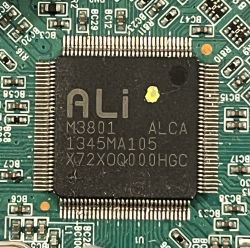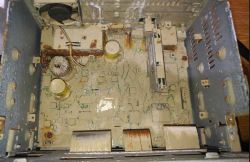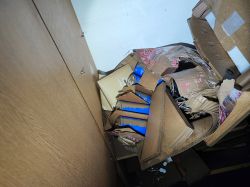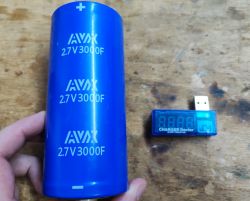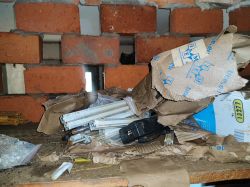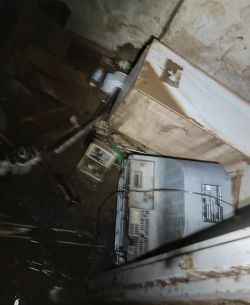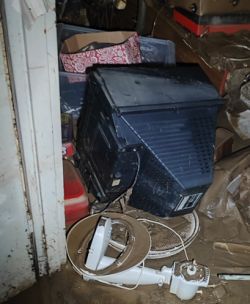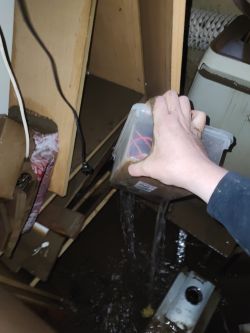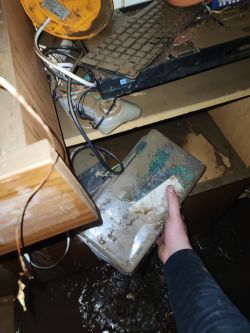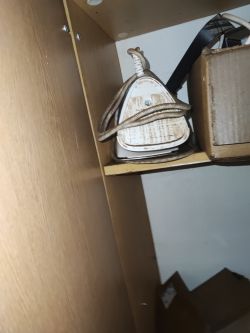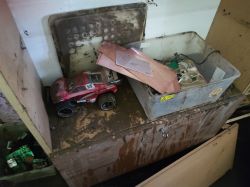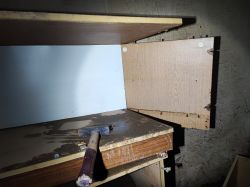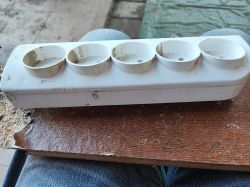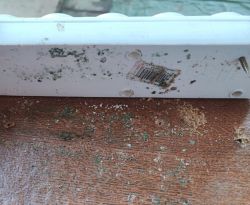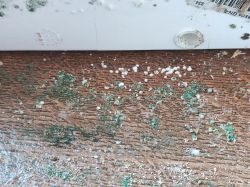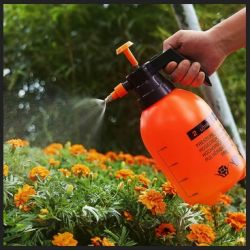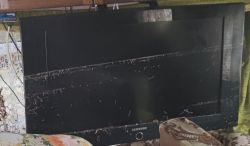 .
.
What does the inside of a TV set flooded look like? Is it still possible to get such a television working? How much work does it take to clean it, how deep is the water able to reach inside? Will a flooded Samsung still work? Let's find out! In this topic, I will just deal with such a TV, model LE32A330J1N.
The TV was flooded halfway through by water, you can basically see the liquid level in the picture. It was under water for about half a day, the electricity had been switched off earlier, so basically the worst of it had passed. However, it is, of course, all dirty:
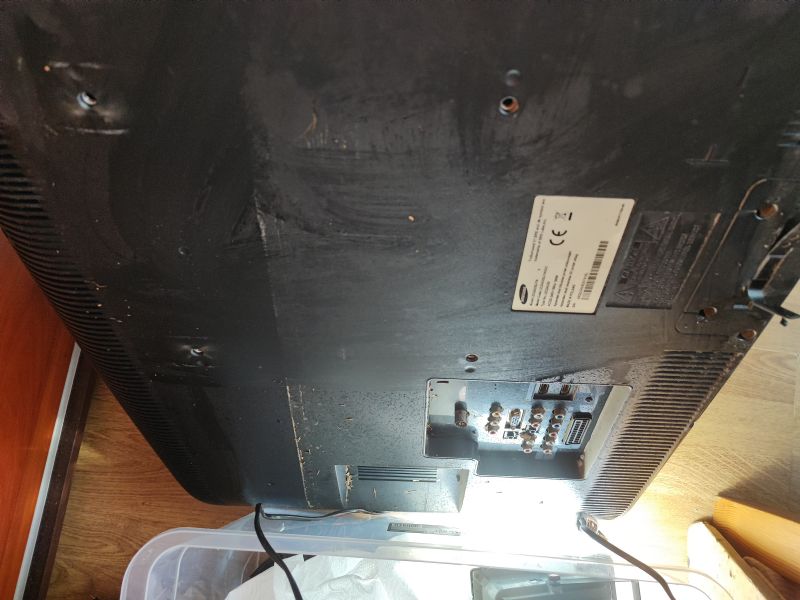 .
.
Silt has settled everywhere, even at the mains connector:
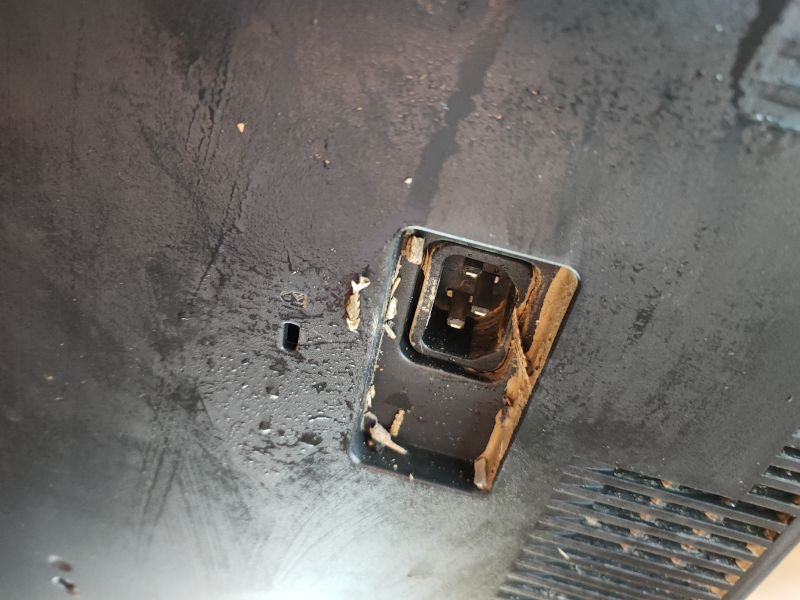
Plate:
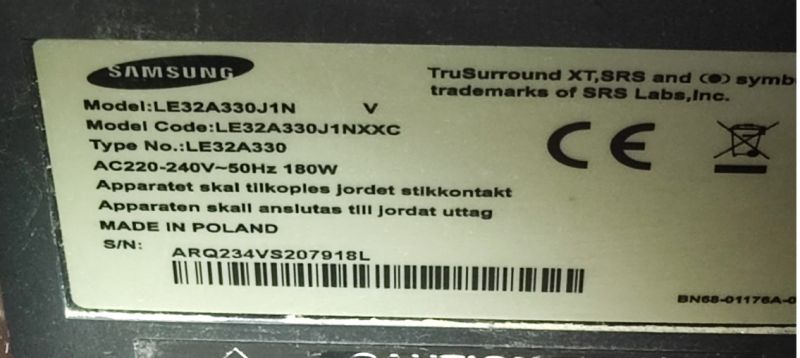
I took care of the TV 3 weeks after it was flooded, so it had time to dry out a bit.
I left the cleaning of the outside for last, however. Let's take a look inside:
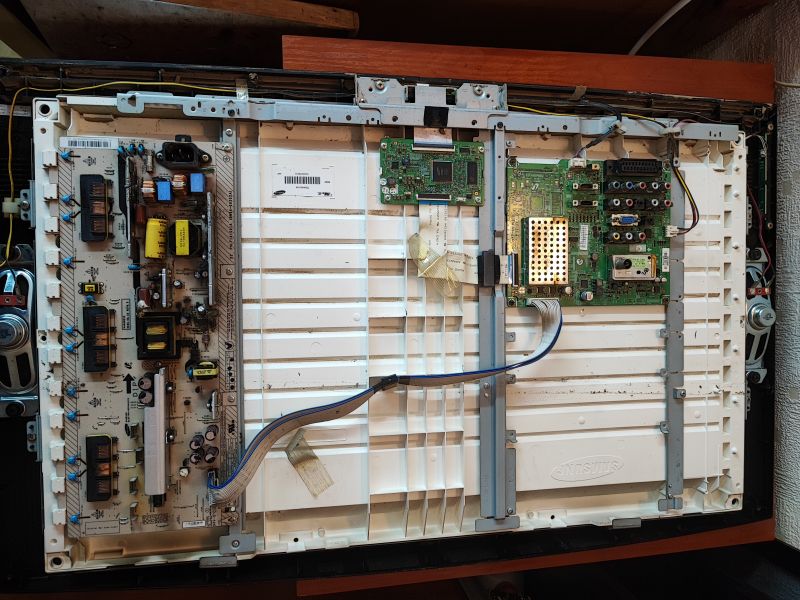 .
.
On the face of it, it's not too bad, I checked the coils and ICs for moisture, and most of them have already dried out. Nevertheless, there is still dirt on the PCB:
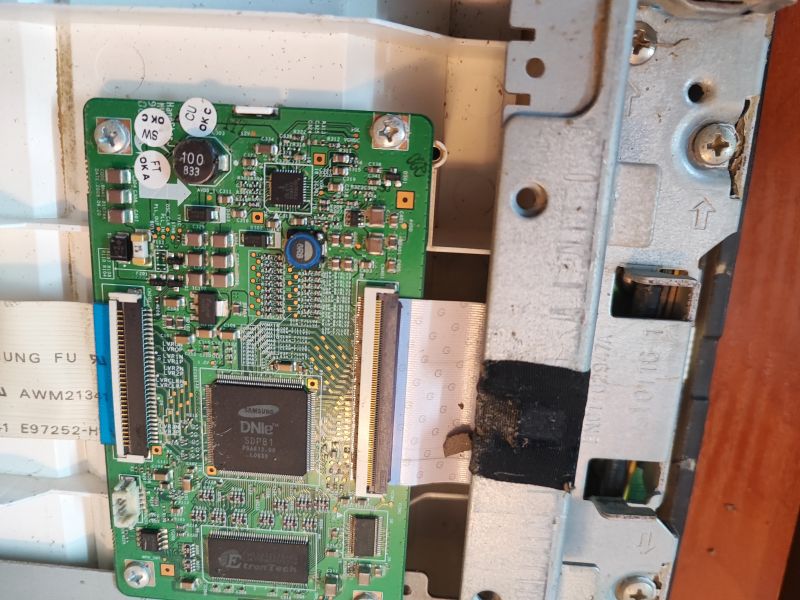
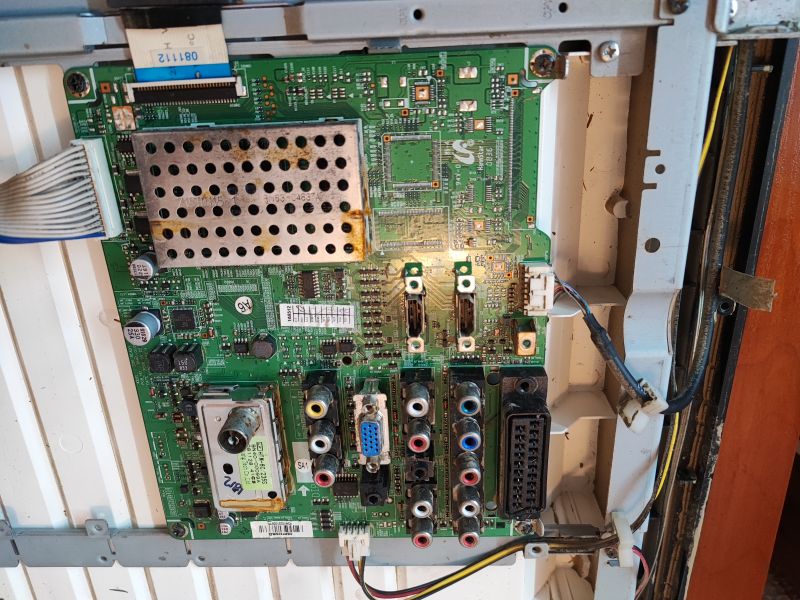 .
.
I cleaned the circuit legs with isopropanol, removed the ribbons:
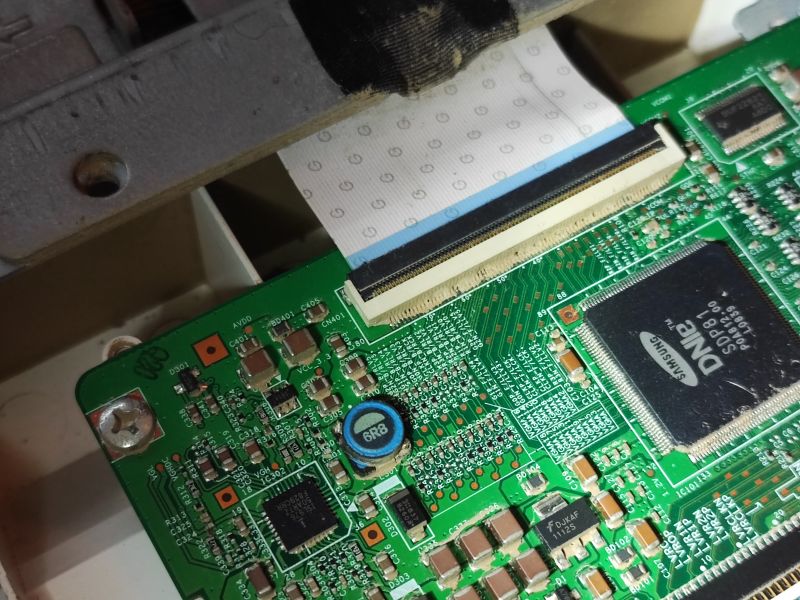
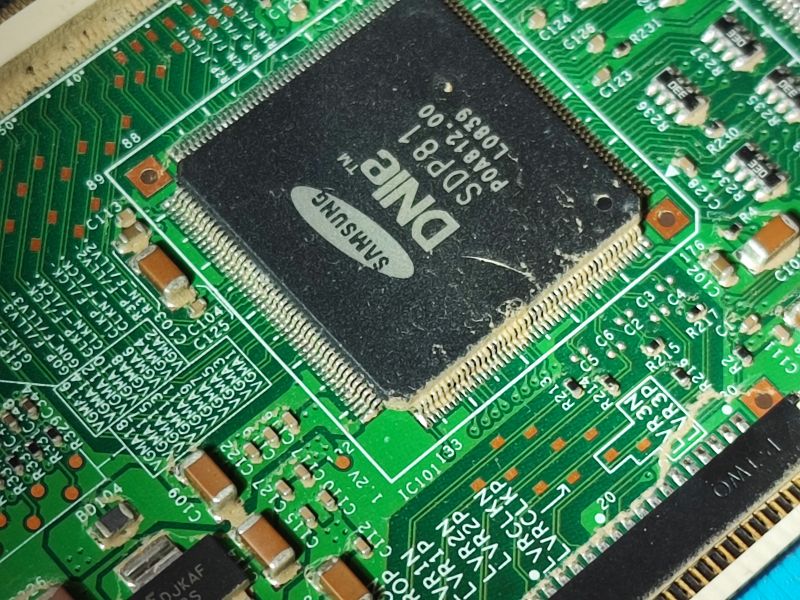
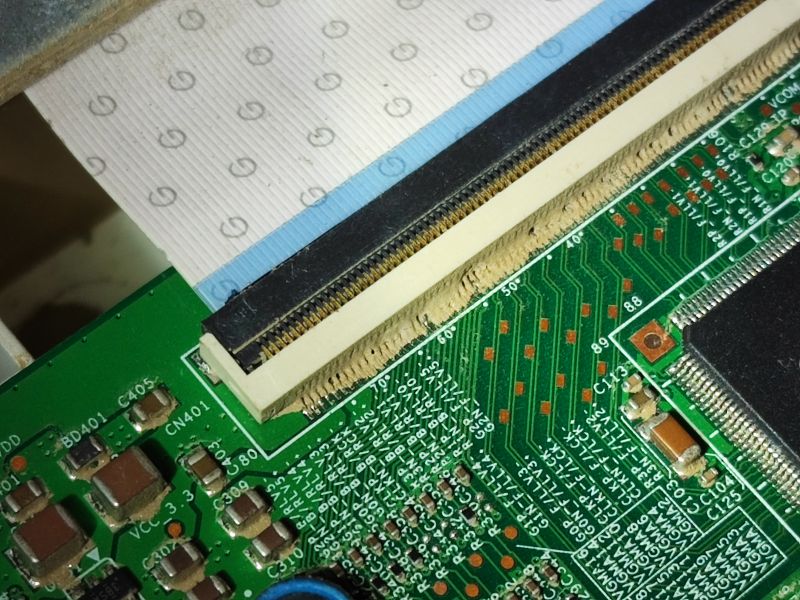 .
.
I also checked the other side of the tiles:
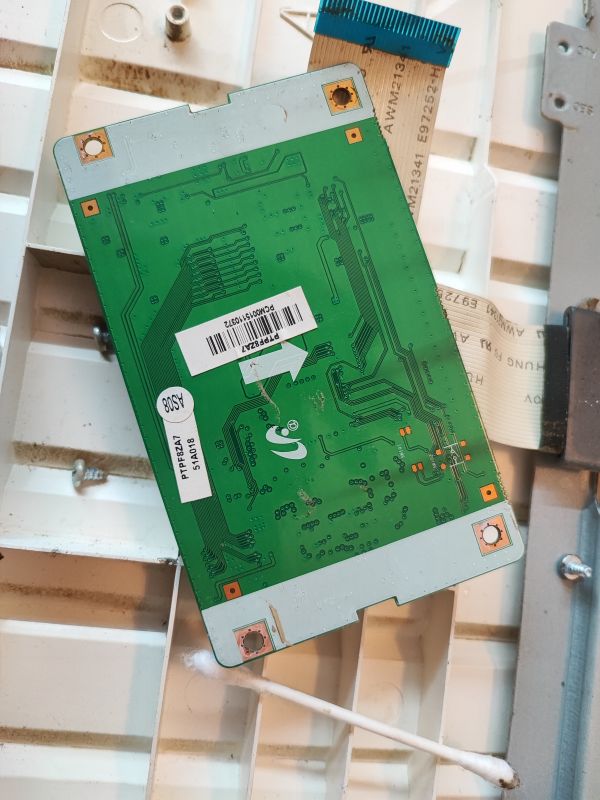 .
.
For the other tiles the same.
Unfortunately access was not good everywhere, but at least the electronics from the matrix can be accessed:
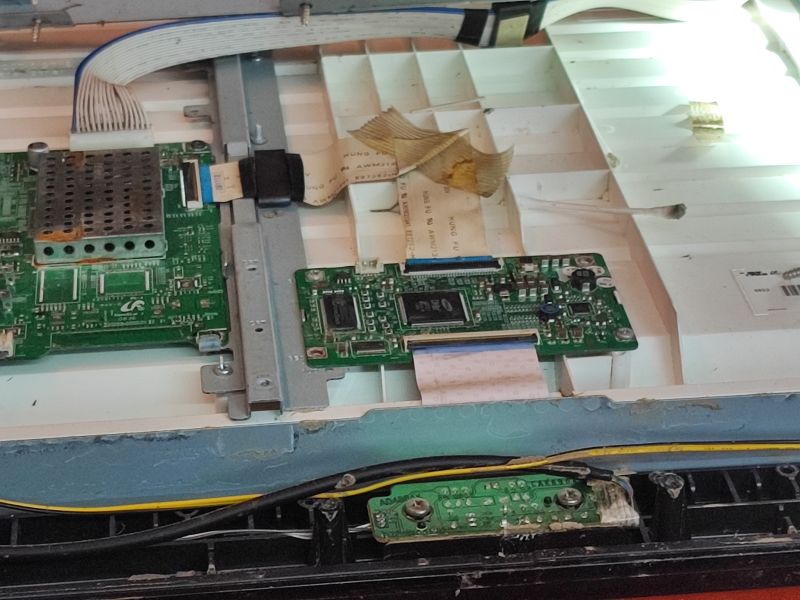 .
.
I then removed the plastic frame at the front. Inside were another supply of dried silt:
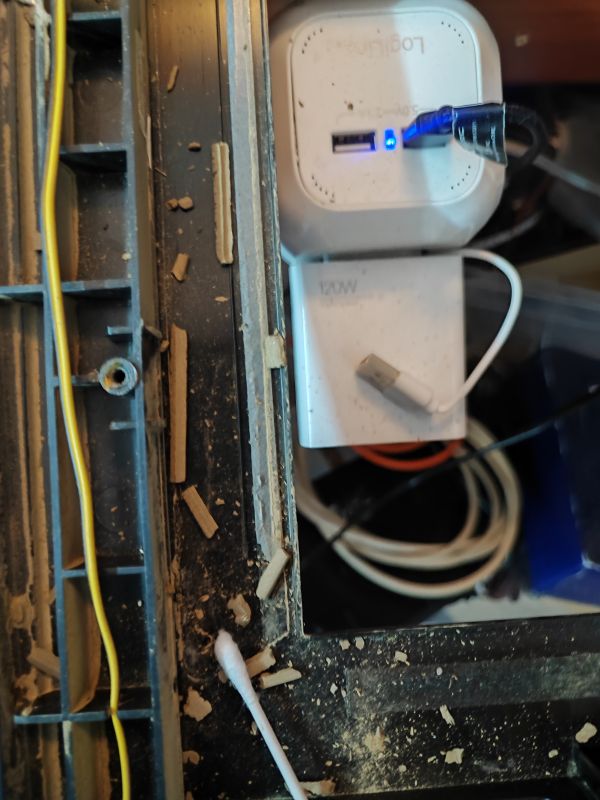 .
.
I then unscrewed the metal frame holding the matrix. Behind the matrix are still the polarising films and the backlight - here fluorescent tubes.
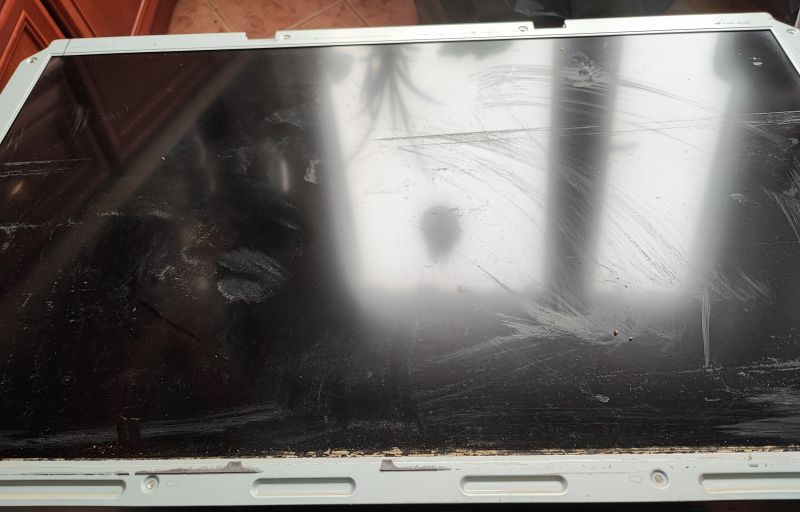 .
.
I cleaned the plates from the matrix:
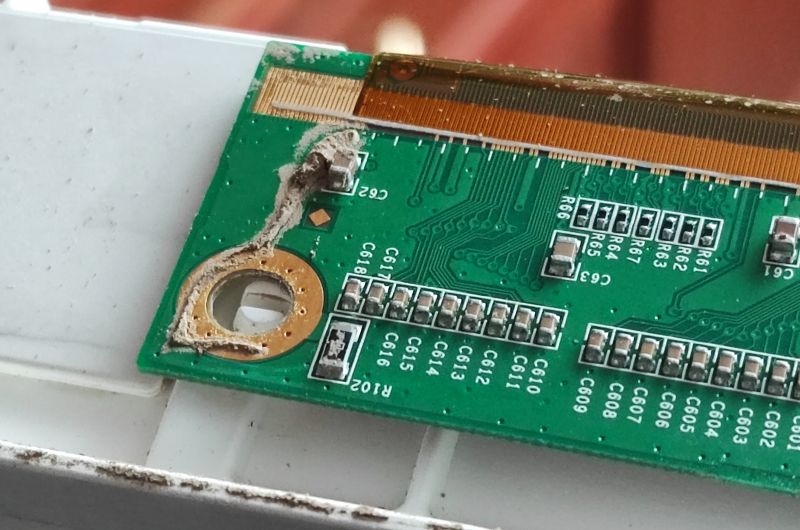

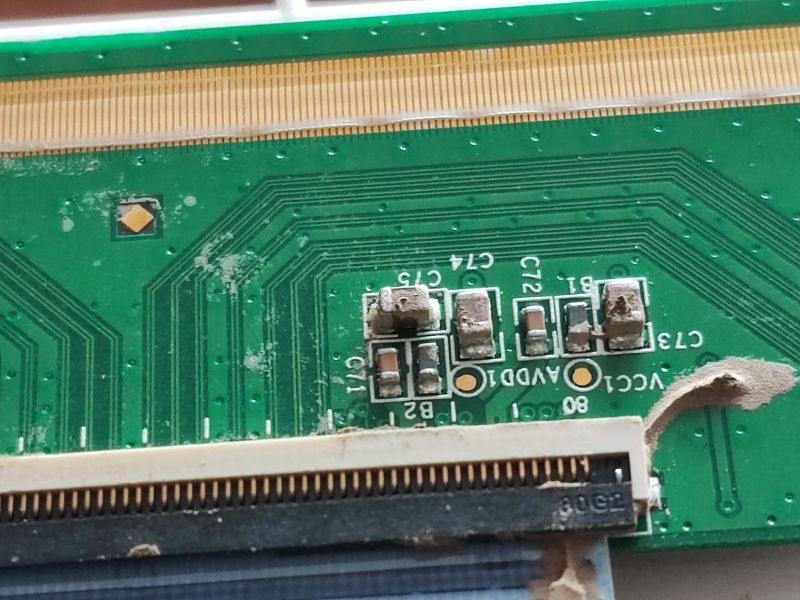
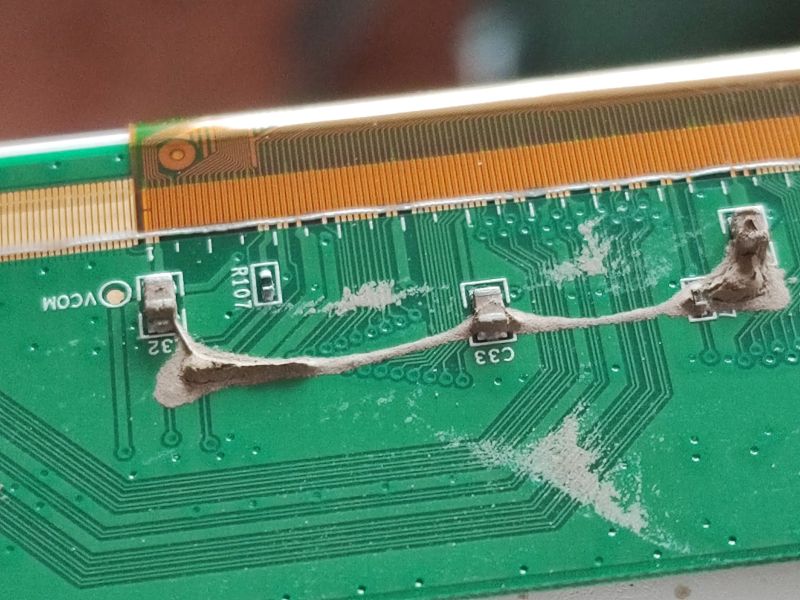


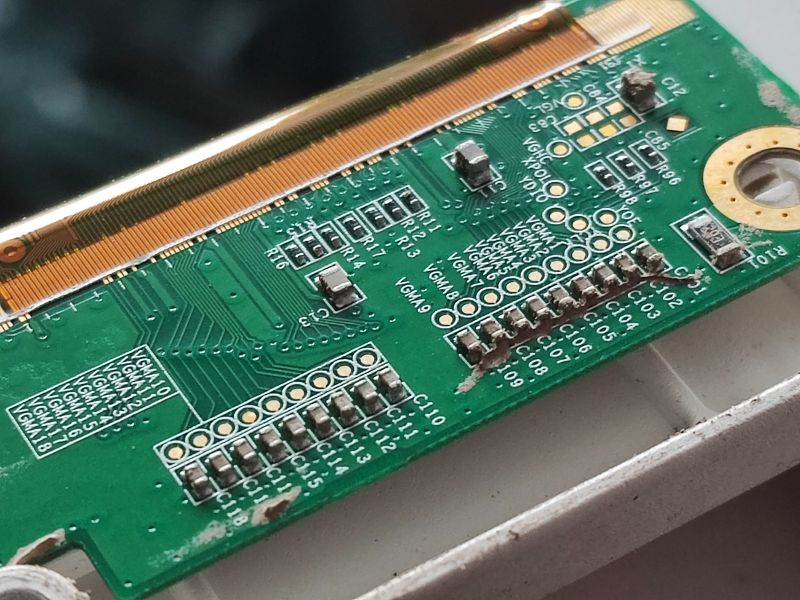 .
.
I then indulged in something slightly against the art - a premature test. I simply wanted to know if there was any point in playing at all. I just made sure that I was sure the moisture was removed from all the PCBs:
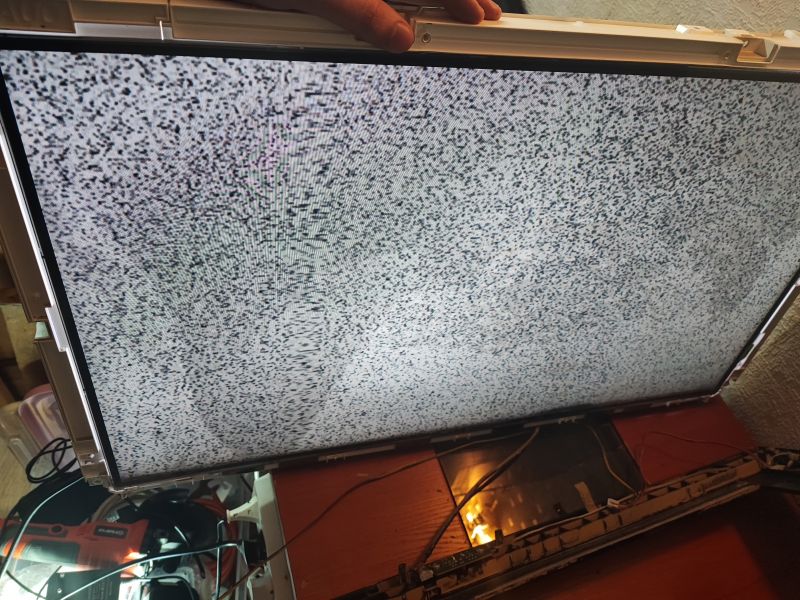 .
.
It works, but there is moisture under the die. So we remove the die:
 .
.
Dirt can also be removed from it:
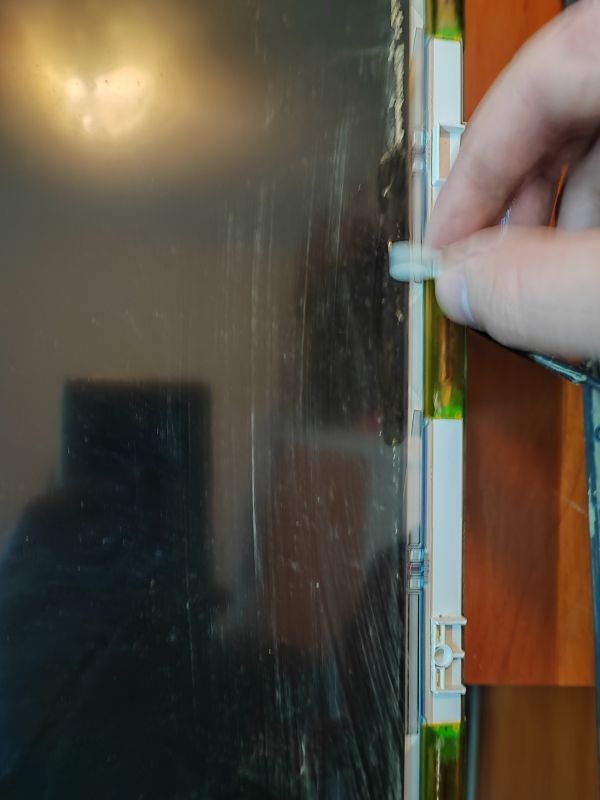 .
.
You can see the patterns from the moisture, the films hold water:
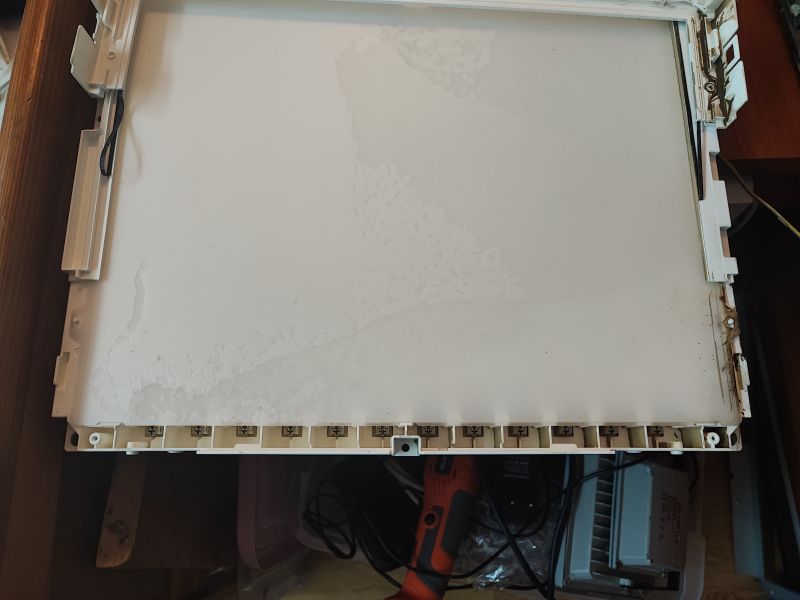
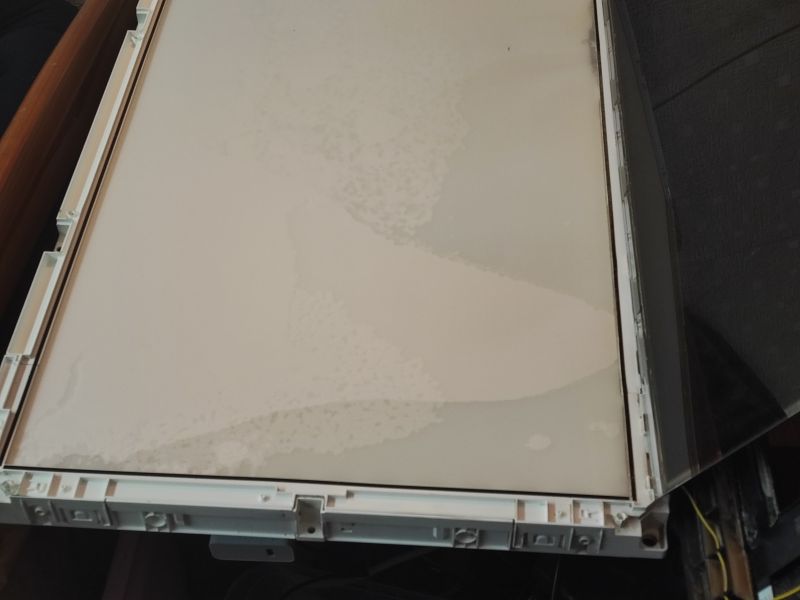 .
.
I took off the plastic "sides" so I could remove the foils. Even there the water arrived:
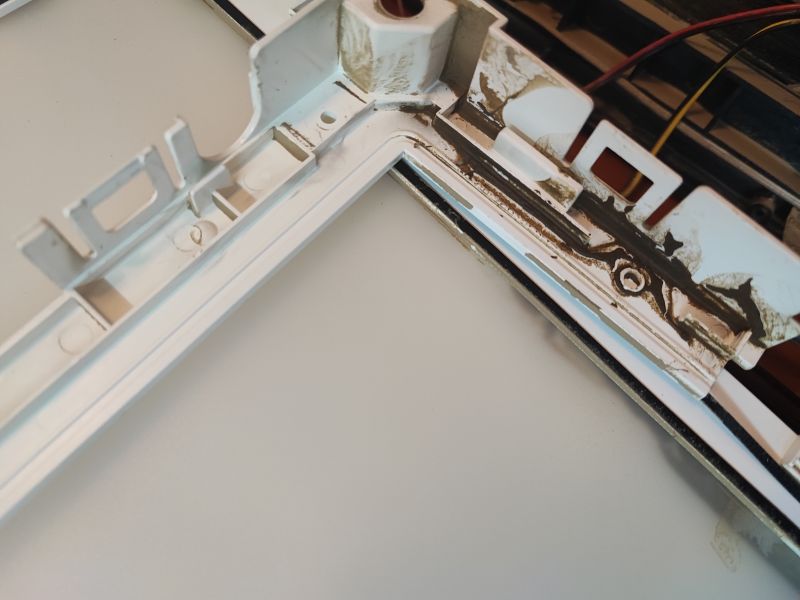 .
.
You can already see the attachment of the fluorescent tubes:
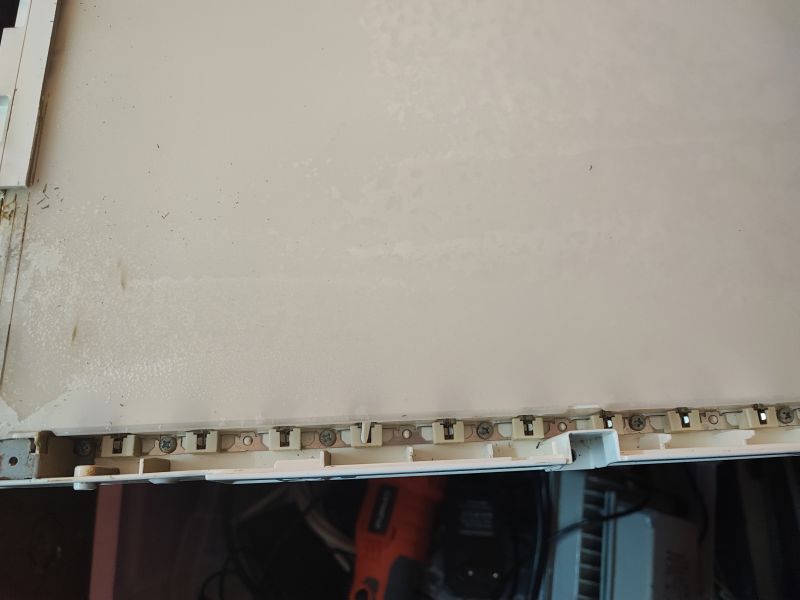 .
.
With a powerful LED lamp I dried and washed the films:

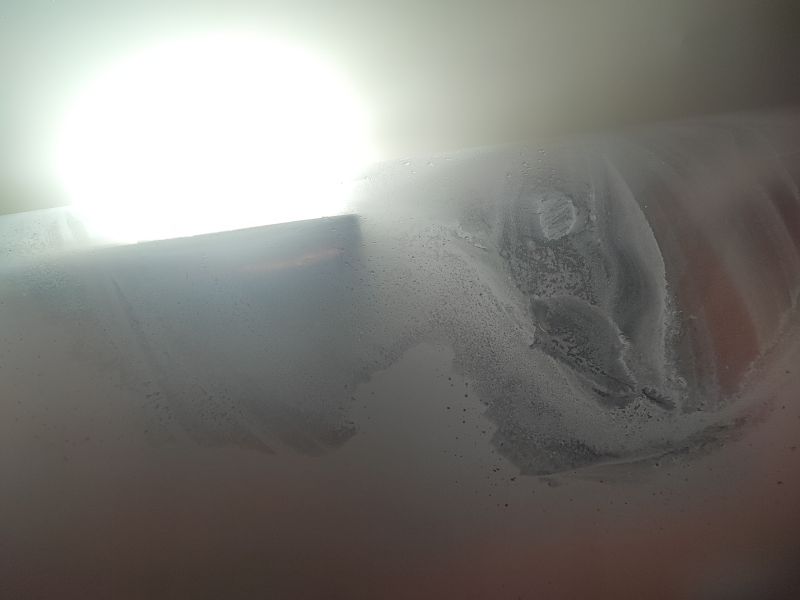 .
.
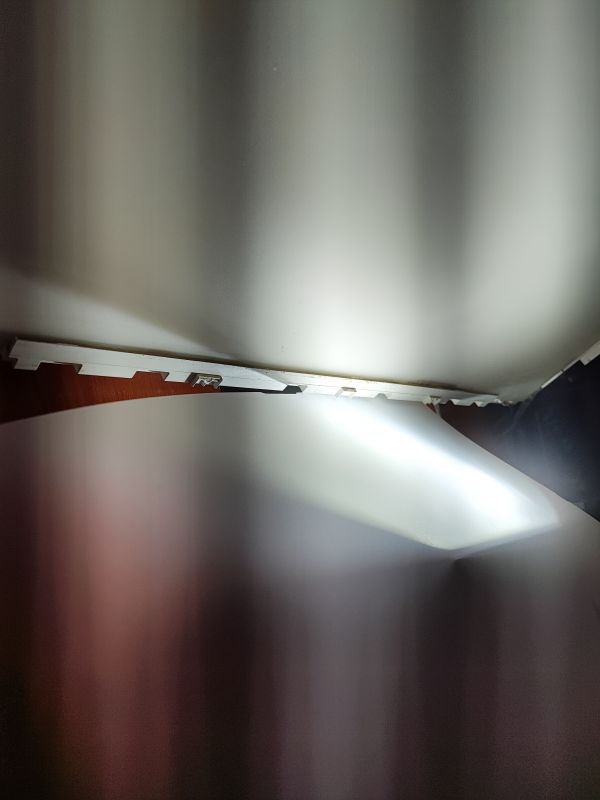 .
.
I got as far as the fluorescent tubes, where I also removed the moisture. The worst part was the grooves at the top and bottom of the screen, there was literally still water there.
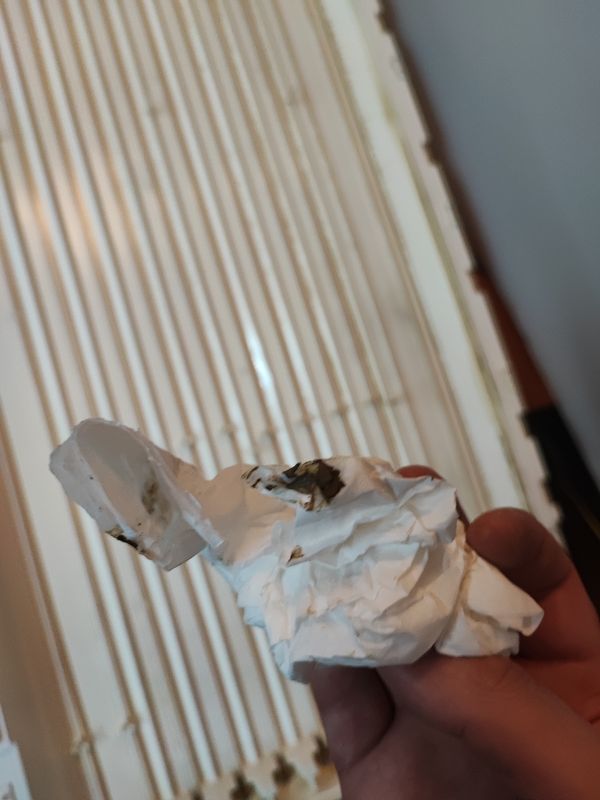
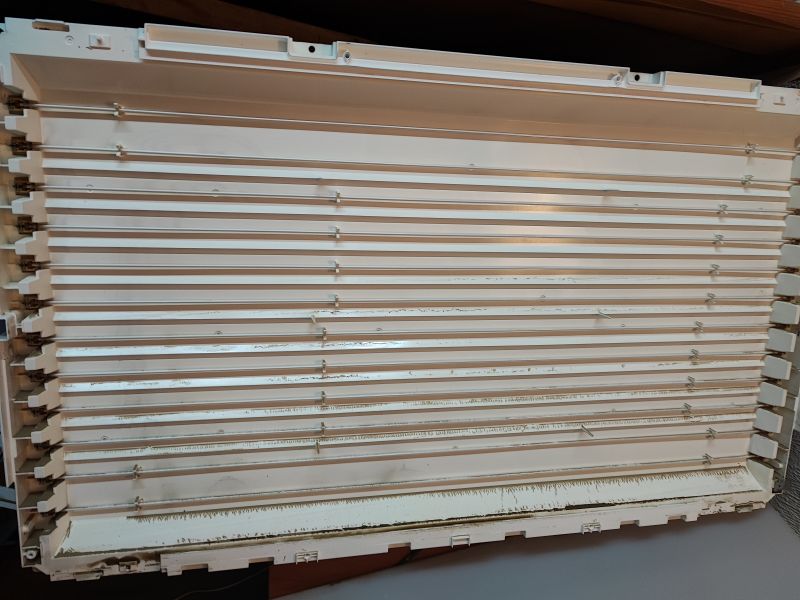 .
.
Time for another test:
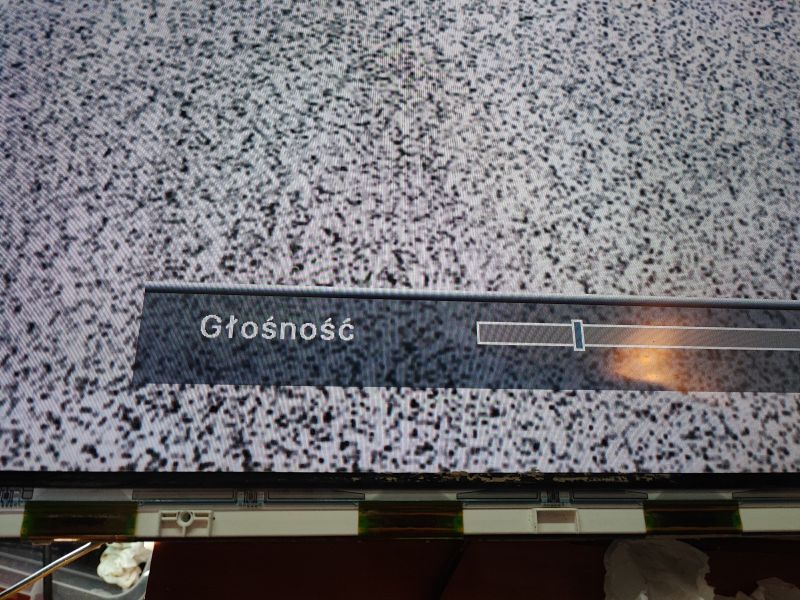
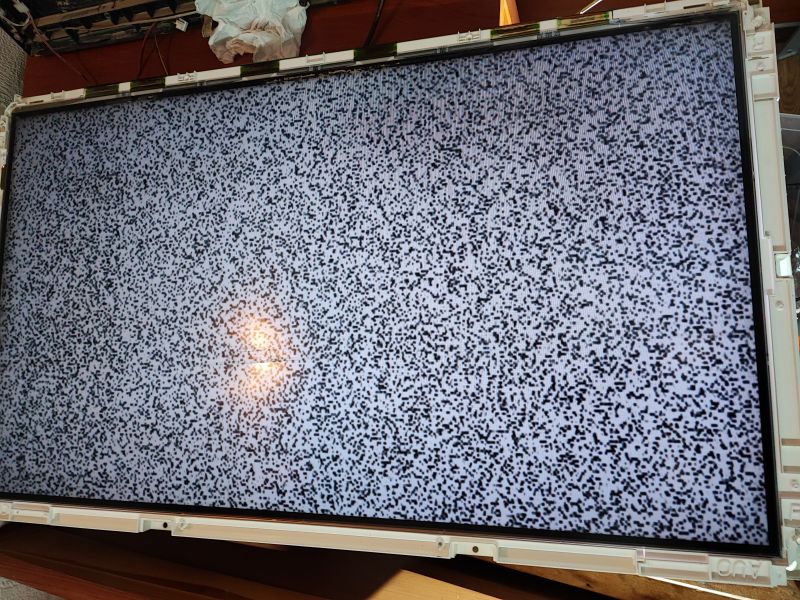
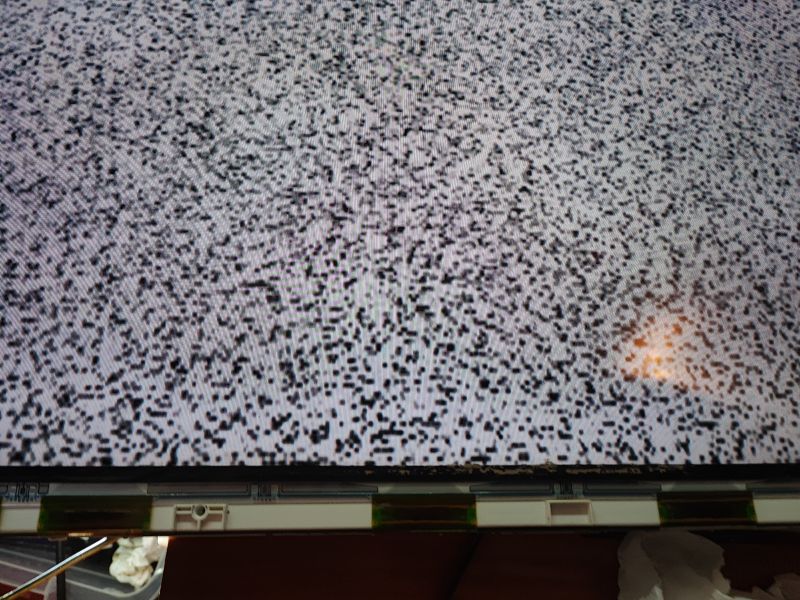 .
.
But will it pick up any signal? This is where there was a bit of a problem, because. the connectors didn't make contact and also had to be flushed with IPA in them.
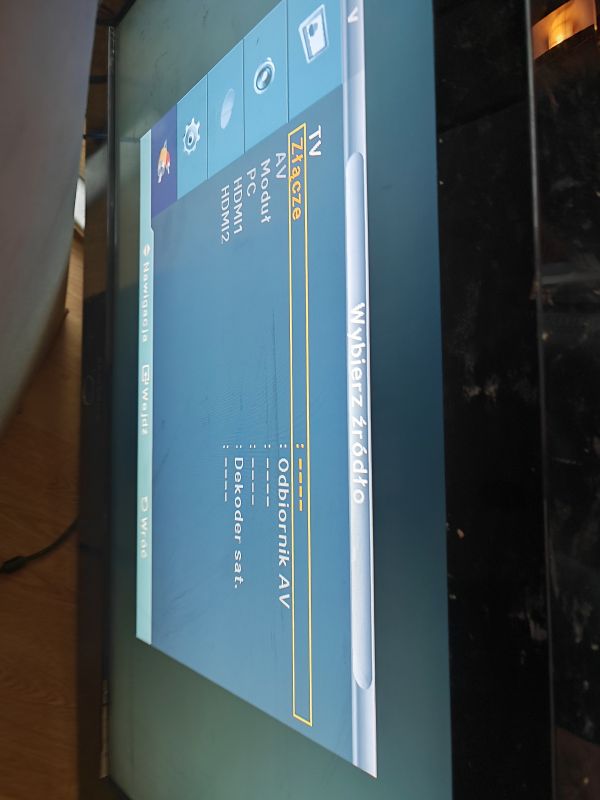
But with VGA it was possible to move:
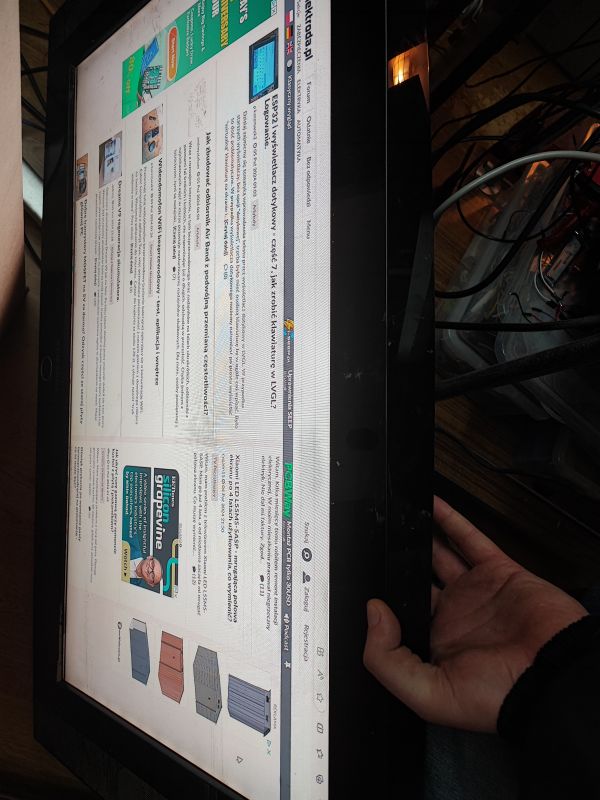
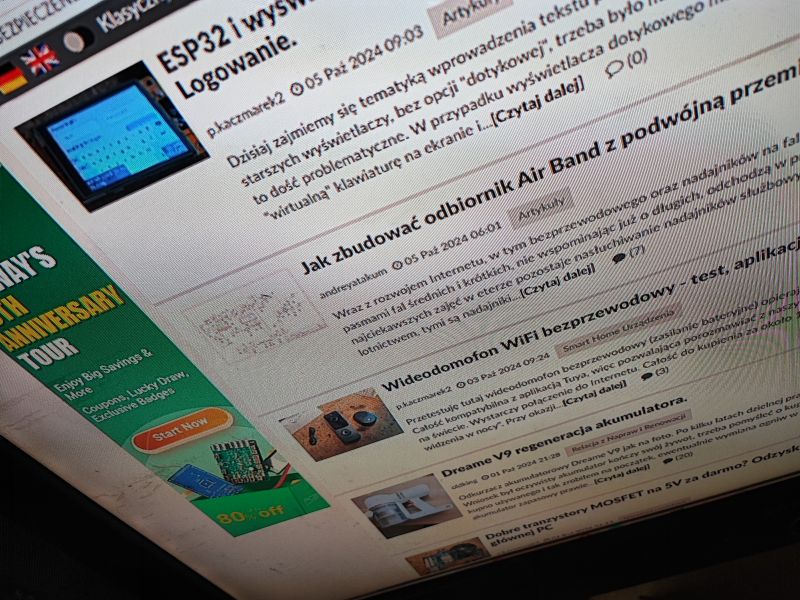
 .
.
Then I also checked with the sat tuner - there is picture and there is sound, a complete success!
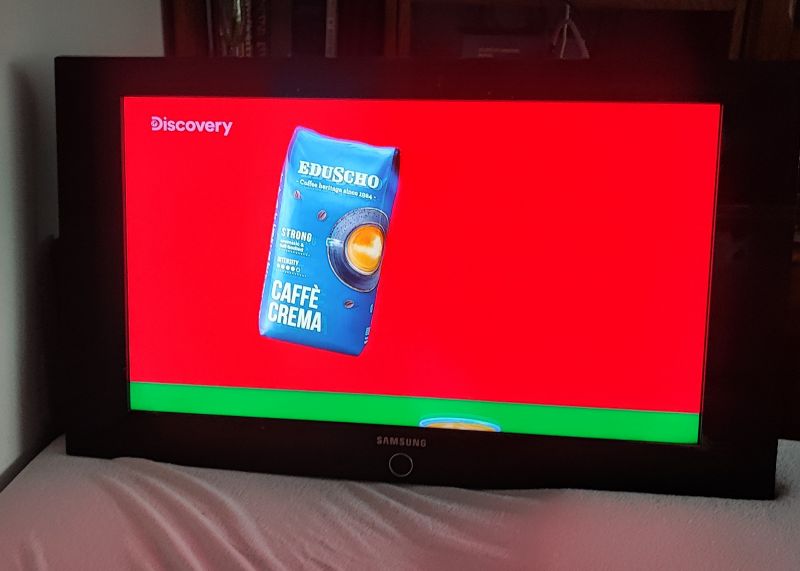
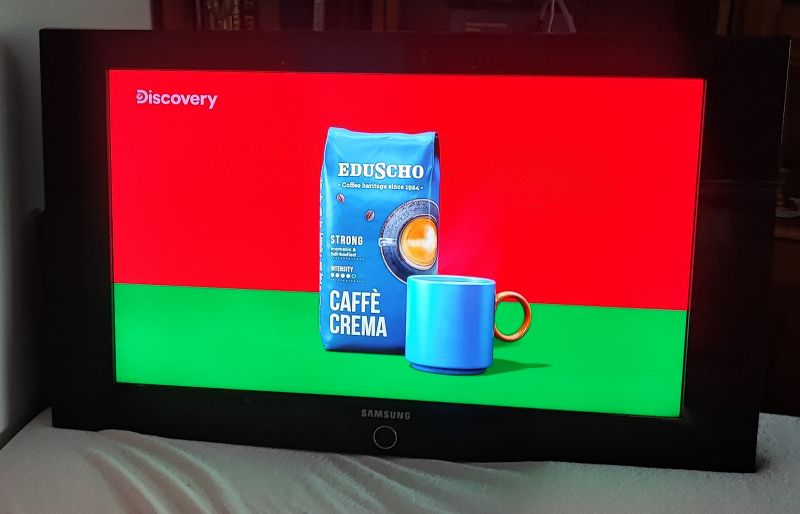 .
.
For the record, I should add that the keypad on the side of the TV also works, so I can navigate the menu, change the signal source, etc....
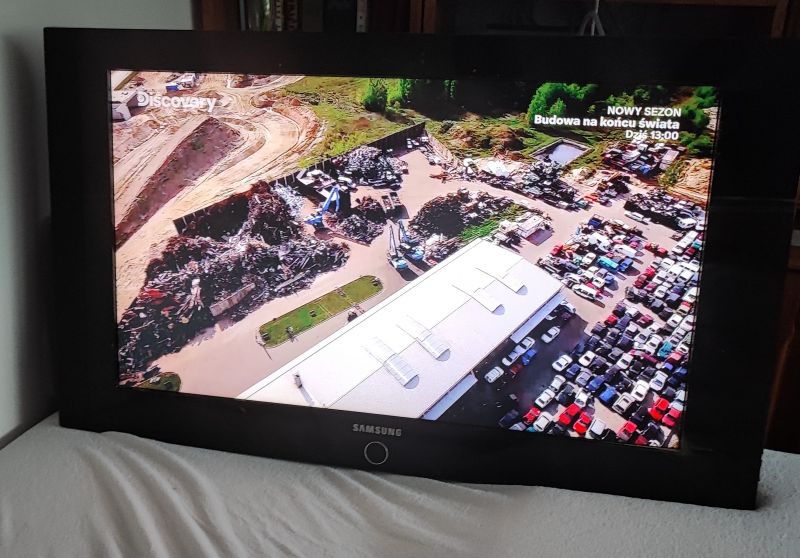
Now all that's left to do is to summarise...
Was it worth it?
Well, for such an old model of TV, this was just an experiment rather than a major repair. Anyway, it was evident in the subject line,
that this is still a CCFL-based backlight model, not LEDs. In addition, I don't know if there won't be any further problems with this unit after a while, although it has been drying for a good three weeks. We'll see.
Apart from that, it's still worth bearing in mind the risks of flood water. I did my best to disinfect and clean the entire housing, just as I did to wash my hands after all the work, but even so, I would not urge anyone to repeat my experience.
However, in terms of cleaning the TV itself, the biggest problem was with the polarisers/diffusers behind the matrix which held moisture. You have to know how to take the whole thing apart and then put it back together again. The matrix is quite a sensitive component, one tap and all the fun is gone. I was also surprised that there was still literally water in the grooves (behind the films).
In any case - you can. Have you already made similar repairs, or do you scrap all flooded equipment straight away?
Cool? Ranking DIY Helpful post? Buy me a coffee.



